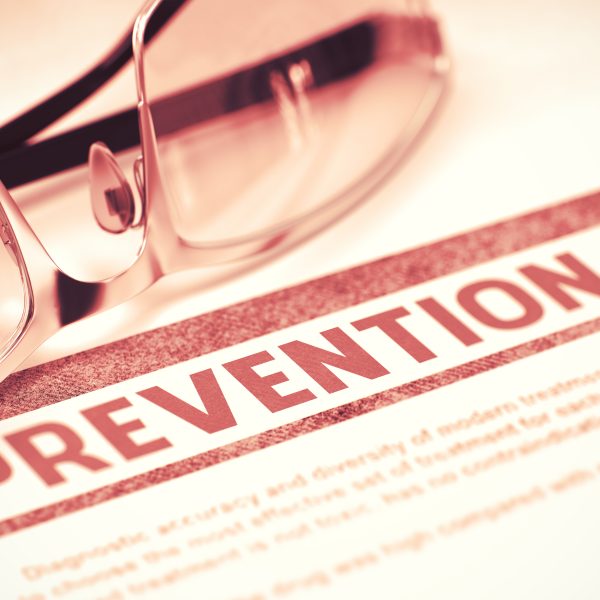Compassion Fatigue: Recognition, Response and Prevention
Burnout, PTSD, chronic fatigue are all terms that many people have become familiar with,but compassion fatigue, although it has been a recognized condition in the healthcare sector for more than 25 years, it is not as widely talked about.Today, in the healthcare sector, compassion fatigue is a growing concern due to the “individual, professional and financial costs” it inflicts on a wide variety of care givers, their families and the healthcare organizations where they work.
Case Study
Shirley was an RN who worked in a long-term,post-acute care facility for more than 10 years. Her co-workers often referred to her as a “Mother Theresa” because she was so dedicated to caring for the residents she served. She got to work early, and frequently stayed late as she poured quality time and care into the lives of the residents. She loved to listen to the residents talk and share memories about their lives, childhood,marriage, children and sadly recount their loss of their parents, friends and spouses. This caring nurse did it all. Shirley lovingly administered medications, rubbed aching backs, washed feet and ultimately comforted grieving loved ones.
But then, over a period of a few months, many of the residents that Shirley loved and had cared for so diligently passed away. To Shirley, it was like an unending valley of loss and she became weary and exhausted. Getting to work late became a habit because of her physical exhaustion and tension headaches. She was emotionally drained becoming complacent and indifferent toward the residents. At times she even yelled at residents who were incontinent or who were not cooperative in doing activities. Her desire to nurture the residents she once loved was gone. This once caring nurse was experiencing compassionate fatigue.
Nurses and nurse aides comprise a large portion of the healthcare sector that experiences compassion fatigue, and nursing staff in nursing homes and in long-term post-acute care (LTPAC) settings are particularly susceptible to it.Considering the growing shortage of nurses and nurse aides nationwide and the increasing elderly population, compassion fatigue is a concern that needs to be understood and addressed in the healthcare sector in general and in LTPAC organizations in particular.

The concerns related to compassion fatigue in LTPAC provider settings involve not only the effect it has for the nurse as an individual, but the quality of care nurses and nurse aides who are struggling with its impact are giving to the residents and patients.
The term “compassion fatigue” originated in 1992, when Carla Joinson, a registered nurse doing research on burnout of emergency room nurses, coined that term to describe nurses that had lost their “ability to nurture.”
Nurse burnout is frequently confused with compassion fatigue and the reverse is also true. They both exhibit psychological and physical symptoms, and both involve a declining loss of motivation.However, the things that trigger these two conditions are different. Burnout is thought to be triggered by growing job demands and expectations along within sufficient resources, stressed relationships with co-workers, and changes in organizational policy. The effect of these triggers is “diminished caring,cynicism and ineffectiveness.” Empathy is the underlying emotion that causes compassion fatigue, and it occurs naturally in those who experience the constant stress of day-to-day caring for suffering and traumatized people.
An article in the Journal of Christian Nursing titled, “Nursing On” combined compassion fatigue definitions from several researchers and developed this definition—”Compassion fatigue is the physical, emotional, and spiritual result of chronic, self-sacrifice and/or prolonged exposure to difficult situations that render a person unable to love,nurture, care for, or empathize with another’s suffering.” This affects not only the caregiver but carries over into the caregiver’s family and other relationships.
In his book When Helping Hurts, F. Oshberg, M.D. describes compassion fatigue. He writes,
“First, you should understand that it’s a process. It’s not a matter of one day, you’re living your life with a great deal of energy and enjoyment, and the next, you wake up exhausted and devoid of any energy – both physical and emotional. Compassion fatigue develops over time – taking weeks, sometimes years to surface. Basically, it’s a low level, chronic clouding of caring and concern for others in your life – whether you work in or outside the home. Over time, your ability to feel and care for others becomes eroded through overuse of your skills of compassion. You also might experience an emotional blunting – whereby you react to situations differently than one would normally expect.”
Recognizing and Preventing Compassion Fatigue Requires Both Individual and Employer Participation
Nurses and nurse aides need to be made aware of the signs to watch for and learn howto detect them in their own behavior. Being proactive is the most effective way to prevent and stop compassion fatigue, and this is where the organization for whom the nurse and nurse aide work can play an integral role.
Warning signals for the individual
- Changes in eating, sleeping
- Feelings of anxiety, depression and frustration
- Physical pains, gastrointestinal problems, weakened immune system
- Preoccupation with guilt and/or sadness
- Self-medicating
- Low energy, avoidance and isolation
- Over involvement with work
Some consequences of compassion fatigue in the workplace
- Decreased quality of patient care
- Increased absenteeism
- Negative affect on employee morale.
Training and education are the most important things an organization can do to mitigate the effects of compassion fatigue on their staff and on the quality of care that the organization provides. Training and education about compassion fatigue should begin with an employee’s orientation and be repeated on a regular,periodic basis.
An organization can also encourage employees to observe self-care. This might include education and training regarding the benefits and importance of a good diet, getting adequate sleep, exercise, yoga and just having fun.
Providing periodic short-term counseling and other services can also help employees address issues affecting their work performance and their personal well-being.



















